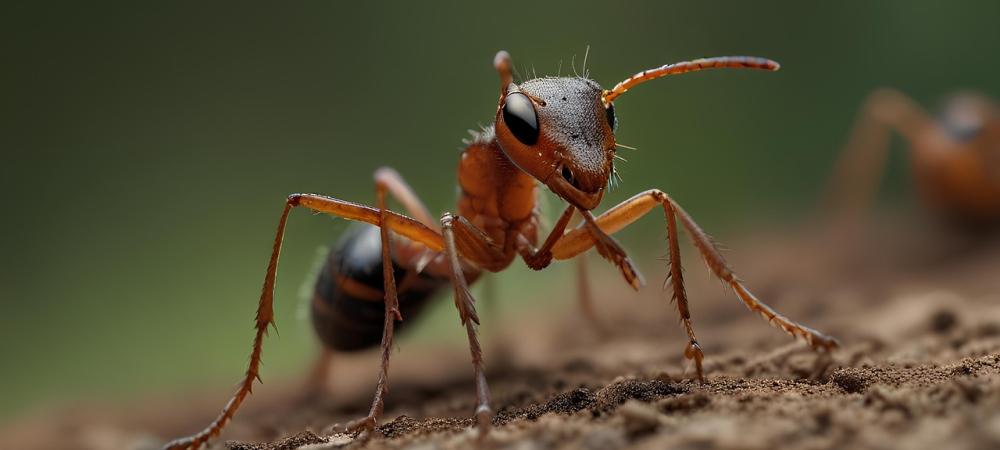Fire Ants Become a Common Sight in Triangle Yards

Fire ants are notorious for their painful sting and aggressive behavior, making them a serious threat to lawns and outdoor spaces in the Triangle area. These pests are not only a danger to humans and pets, but they also damage lawns by building unsightly mounds. In this Q&A, we’ll explore everything you need to know about fire ants in North Carolina, including how to spot, prevent, and control them.
What Are Fire Ants and Why Are They Common in North Carolina?
Fire ants are small, reddish-brown insects known for their painful sting and aggressive behavior. In North Carolina, fire ants thrive due to the warm, humid climate, particularly in the Triangle area. The USDA reports that fire ants now infest more than 75% of North Carolina, with their presence expanding rapidly each year due to favorable weather conditions and human activity.
How Can I Identify Fire Ant Mounds in My Lawn?
Fire ant mounds are typically dome-shaped, reaching heights of up to 18 inches, and are commonly found in open, sunny areas. Unlike other ants, fire ants do not create visible entrances to their nests, making the mounds harder to detect early. According to NC State University, fire ants can build mounds as deep as 5 feet, which helps protect the colony from floods and predators.
Why Are Fire Ants a Threat to My Lawn and Family?
Fire ants pose several risks:
- To Humans and Pets: Their sting is not only painful but can also be dangerous for those with allergies. According to the CDC, 50% of people who are stung by fire ants experience an allergic reaction, with 1% requiring medical attention.
- Lawn Damage: Fire ants disrupt soil, leading to unsightly mounds that damage the aesthetics and health of your lawn. They also compete with beneficial insects, which can throw off the natural ecosystem in your yard.
- Reproductive Rates: Fire ants reproduce rapidly. A single queen can lay up to 1,500 eggs per day, making it crucial to act quickly when you spot their mounds.
What Are the Best Ways to Control Fire Ants?
- Bait Treatments: Slow-acting fire ant baits containing hydramethylnon or spinosad are highly effective, targeting the queen and reducing the colony's size within a few weeks.
- Mound Drenching: Direct application of insecticides into the mound can kill the colony, though caution is needed to avoid disturbing the ants, which can cause them to spread.
- Natural Methods: A study by Texas A&M University found that diatomaceous earth can reduce fire ant populations by 40% over a two-week period. Additionally, pouring boiling water on smaller mounds is a popular home remedy.
If you're dealing with fire ants in your yard, don't wait until they take over. Contact Triangle Lawn Care today for effective solutions to eliminate fire ants and protect your lawn. We’ve been eradicating fire ants from lawns in Chapel Hill, Wake Forest, and throughout the Triangle for over 19 years. Contact us today!
